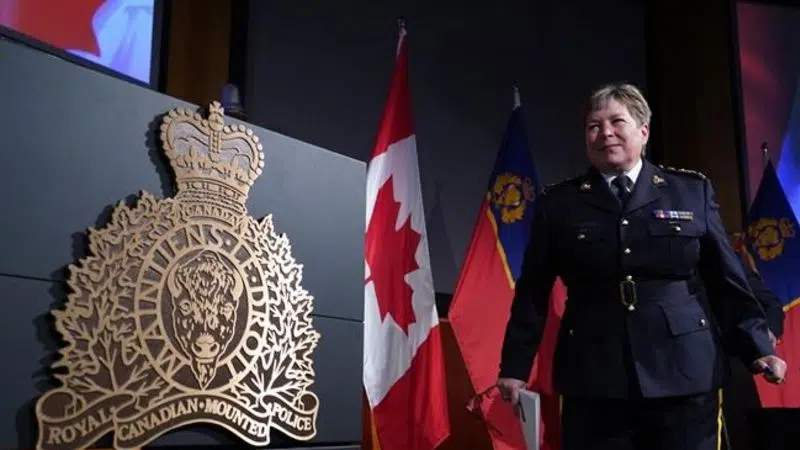
Security-clearance backlogs bedevilled RCMP as employee allegedly leaked secrets
OTTAWA — The RCMP was struggling to keep staff security clearances up to date during the time a senior employee allegedly tried to pass secrets to adversaries, an internal Mountie audit shows.
The audit report stressed the importance of regularly reviewing the security status of RCMP employees to guard against the threat of an insider betraying the national police force by sharing sensitive information with the wrong people.
The auditors found all of the RCMP sections across Canada responsible for screening had “a significant backlog” of security updates to do, as well as smaller backlogs of new clearances and upgrades to higher security levels.
Overall, the audit concluded that “risks and gaps” were hampering effective delivery of the security-screening program to the force’s nearly 30,000 employees, 25,000 contractors and more than 17,000 volunteers in over 700 communities.
